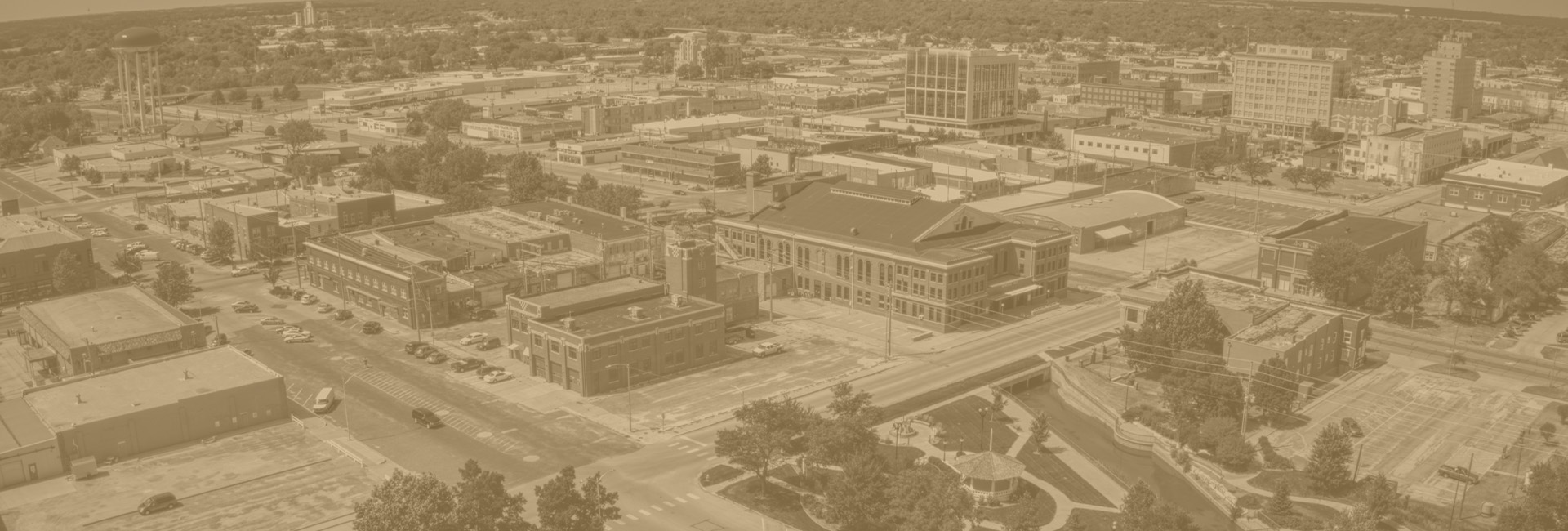When a bus accident occurs, determining liability can be a complex process, involving multiple parties and legal considerations. From passengers to drivers, from maintenance crews to bus companies, various entities may bear responsibility for the accident and its consequences.

Understanding the intricate web of liability in bus accidents requires a thorough examination of the circumstances surrounding the incident. In Kansas, as in many other jurisdictions, determining fault involves a careful analysis of negligence, duty of care, and causation.
The Bus Driver
In many bus accidents, the driver’s actions or inactions play a central role in determining liability. Bus drivers have a duty to operate their vehicles safely, following traffic laws and exercising caution to prevent accidents. When a driver fails to fulfill this duty — whether due to negligence, distraction, or impairment — they may be held liable for resulting injuries and damages.
Kansas law imposes a high standard of care on bus drivers, considering the potential consequences of accidents involving large vehicles carrying numerous passengers. Any deviation from this standard, such as speeding, reckless driving, or driving under the influence, can constitute negligence and lead to legal consequences.
The Bus Company
Beyond individual drivers, bus companies also shoulder significant responsibility for ensuring the safety of their vehicles and passengers. From hiring qualified drivers to properly maintaining their fleet, bus companies must take proactive measures to minimize the risk of accidents. Failure to meet these obligations can expose the company to liability for negligence.
In Kansas, bus companies are subject to state and federal regulations governing the operation and maintenance of commercial vehicles. Violations of these regulations, such as inadequate driver training, insufficient vehicle inspections, or improper maintenance, can serve as evidence of negligence in bus accident cases.
Melinda is an asset to the city of Hutchinson and its legal community. I know she treats her clients with compassion and professionalism. It's a privilege to provide her an endorsement.
Ethan
![]()
Nicholas
![]()
Gabriel
![]()
Third Parties and Contributing Factors
While drivers and bus companies are often primary targets in bus accident lawsuits, other parties may also bear responsibility for the incident. For example, if a defective part contributed to the accident, the manufacturer or distributor of that part could face liability under product liability laws. Similarly, if poor road conditions or faulty traffic signals played a role, government entities responsible for roadway maintenance may be held accountable.
Additionally, the actions of other drivers, pedestrians, or entities sharing the road with the bus can impact liability determinations. Comparative negligence laws in Kansas allow courts to allocate fault among multiple parties based on their respective contributions to the accident. This means that even if the bus driver or company is partially responsible, other parties may share in the liability.
Navigating the Legal Terrain
For individuals injured in bus accidents, pursuing legal recourse can be daunting, especially when facing powerful bus companies and insurance providers. However, with the guidance of experienced legal professionals, victims can navigate the complex terrain of liability and seek the compensation they deserve.
In Kansas, personal injury lawyers focused on bus accident cases play a crucial role in advocating for victims’ rights and holding negligent parties accountable. They possess in-depth knowledge of state laws, precedents, and strategies for building strong cases on behalf of their clients.
By conducting thorough investigations, gathering evidence, and leveraging their negotiation and litigation experience, attorneys can help injured parties pursue compensation for medical expenses, lost wages, pain and suffering, and other damages resulting from bus accidents. Additionally, legal professionals can provide invaluable support and guidance throughout the legal process, empowering victims to focus on their recovery while their rights are vigorously defended.
Understanding the Role of Insurance Companies
In bus accident cases, insurance companies often play a significant role in the resolution process. Bus companies typically carry commercial insurance policies to cover liabilities arising from accidents involving their vehicles. These insurance policies may provide coverage for bodily injury, property damage, and other losses resulting from bus accidents.
However, insurance companies are profit-driven entities that may prioritize their bottom line over the interests of accident victims. When pursuing compensation, injured parties may encounter challenges such as delays, denials, or low settlement offers from insurance adjusters. In such situations, having legal representation can make a difference in negotiating fair settlements or pursuing litigation if necessary.
Common Mistakes in a Personal Injury Claim Choosing a Car Accident AttorneyRelated Videos
The Importance of Timely Action
In Kansas, the statute of limitations sets a deadline for filing personal injury claims, including those stemming from bus accidents. Generally, injured parties have two years from the date of the accident to initiate legal proceedings against the at-fault parties. Failing to meet this deadline can result in the forfeiture of rights to compensation.
Therefore, it’s crucial for bus accident victims to take prompt action in consulting with an attorney and initiating the claims process. Delays in seeking legal counsel can undermine the strength of a case and limit the options available for pursuing compensation. By acting swiftly, victims can preserve evidence, secure witness testimony, and begin building a compelling case for liability.
The Role of Evidence in Establishing Liability
Central to proving liability in bus accident cases is the presentation of compelling evidence supporting the plaintiff’s claims. This evidence may include accident reports, witness statements, photographs or videos of the accident scene, medical records documenting injuries, and testimony.
Additionally, forensic analysis of the accident may reveal crucial details about the sequence of events leading to the collision and the factors contributing to it. Accident reconstruction specialists, medical specialists, and other professionals can provide valuable insights into the cause and severity of injuries, as well as the extent of damages suffered by the victims.
Navigating Complex Legal Proceedings
Litigating bus accident cases involves navigating complex legal proceedings, including pre-trial negotiations, discovery, motion practice, and potentially, trial proceedings. Throughout each stage of the litigation process, experienced attorneys advocate for their clients’ interests, seeking favorable outcomes and maximizing compensation.
During settlement negotiations, attorneys leverage their knowledge of case law, legal precedents, and the strengths of their clients’ claims to negotiate fair and equitable settlements with opposing parties. If a settlement cannot be reached, attorneys are prepared to take cases to trial, presenting evidence and arguments before judges and juries to secure favorable verdicts.
The Human Cost of Bus Accidents
Beyond the legal complexities and financial considerations, bus accidents exact a profound human toll on victims and their families. Injuries sustained in bus accidents can range from minor cuts and bruises to catastrophic injuries such as traumatic brain injury, spinal cord injury, or loss of limb. These injuries may require extensive medical treatment, rehabilitation, and long-term care, imposing significant physical, emotional, and financial burdens on victims and their loved ones.
Additionally, the emotional trauma of being involved in a bus accident can have lasting effects on survivors, leading to anxiety, depression, post-traumatic stress disorder (PTSD), and other psychological conditions. Coping with the aftermath of a traumatic event can be challenging, requiring supportive resources and professional assistance to navigate the healing process.
Advocating for Victims’ Rights
In the face of these challenges, legal professionals serve as steadfast advocates for victims’ rights. By standing up to powerful corporations and insurance companies, attorneys fight for justice on behalf of their clients, seeking to hold negligent parties accountable and secure fair compensation for the harm they’ve caused.
At the Melinda Young Law Firm, we are dedicated to representing the interests of bus accident victims in Kansas and helping them rebuild their lives in the wake of tragedy. With compassion, integrity, and unwavering commitment, we stand by our clients every step of the way, providing personalized legal guidance and aggressive representation to achieve the best possible outcomes.
In the aftermath of a bus accident, determining liability is a critical step toward seeking justice and closure for victims and their families. By identifying responsible parties and holding them accountable for their actions, injured parties can pursue compensation for their losses and begin the process of healing and recovery.
If you or a loved one has been injured in a bus accident in Kansas, don’t face the challenges alone. Contact the Melinda Young Law Firm today to schedule a consultation and learn how we can help you pursue the compensation and justice you deserve. Let us be your voice in the legal system, advocating fiercely for your rights and fighting tirelessly on your behalf. Together, we can work toward a brighter future.

